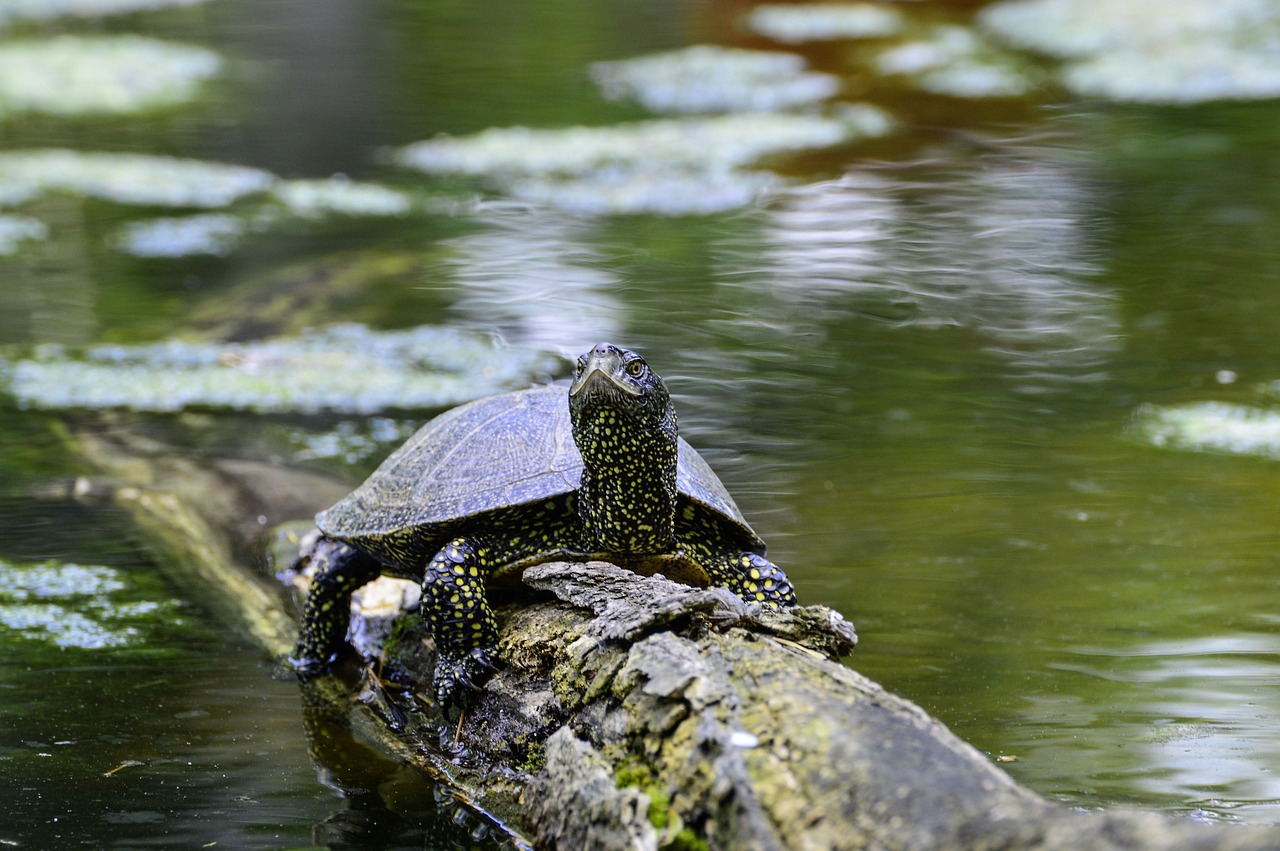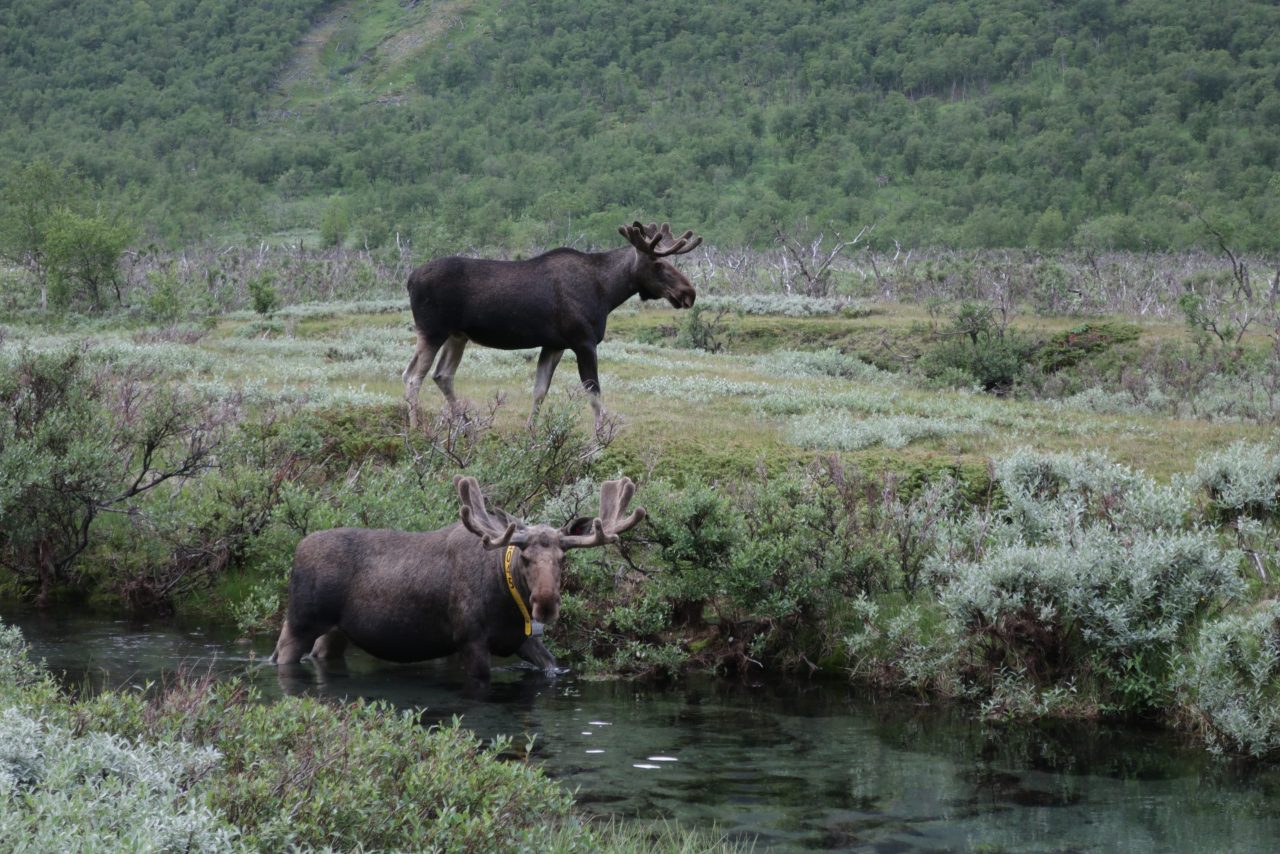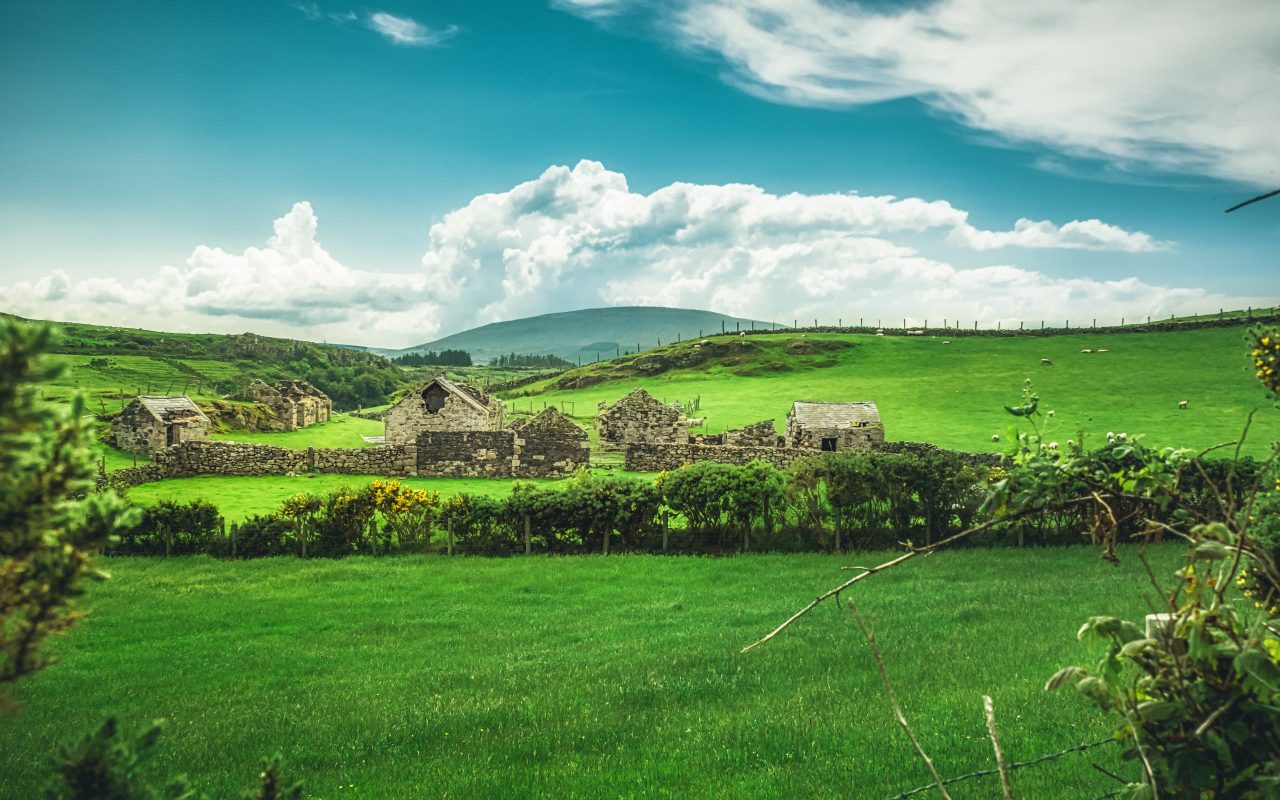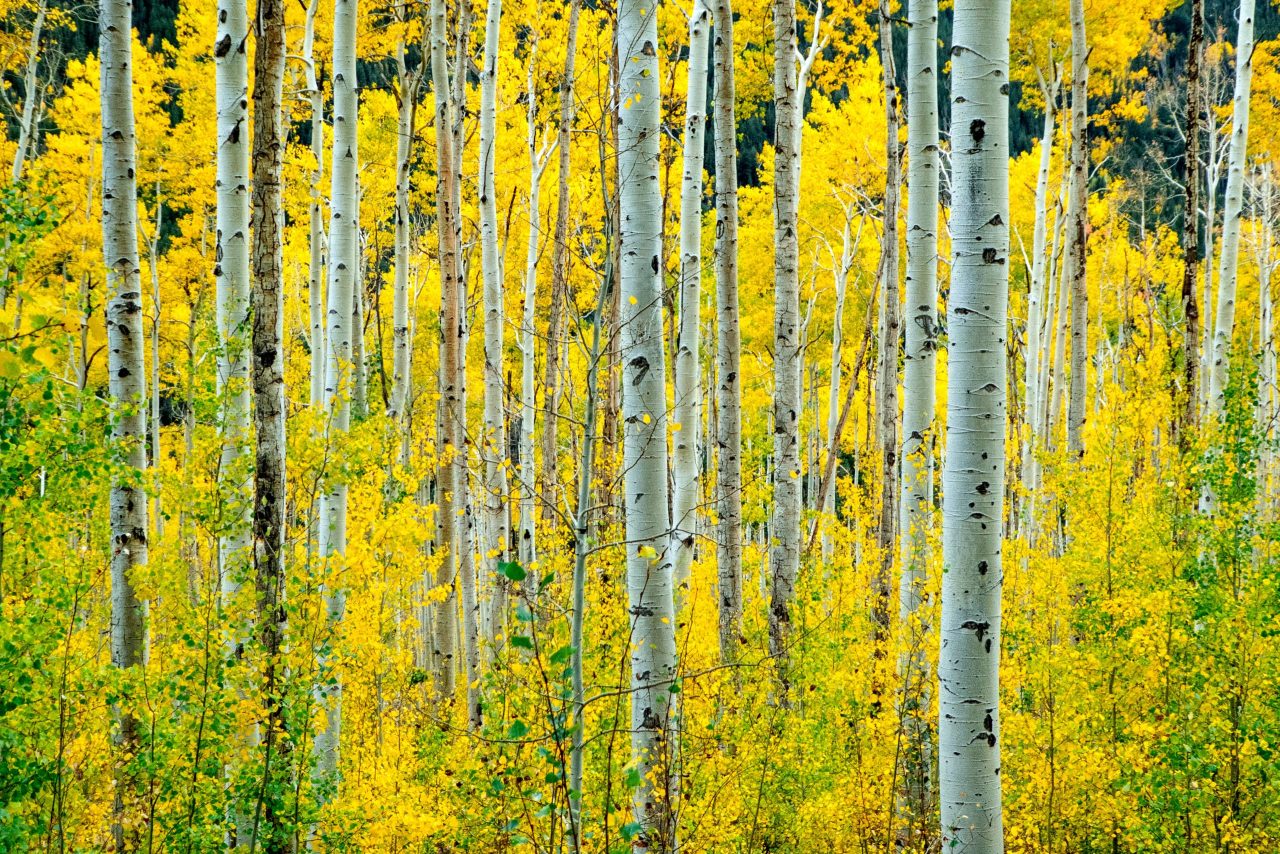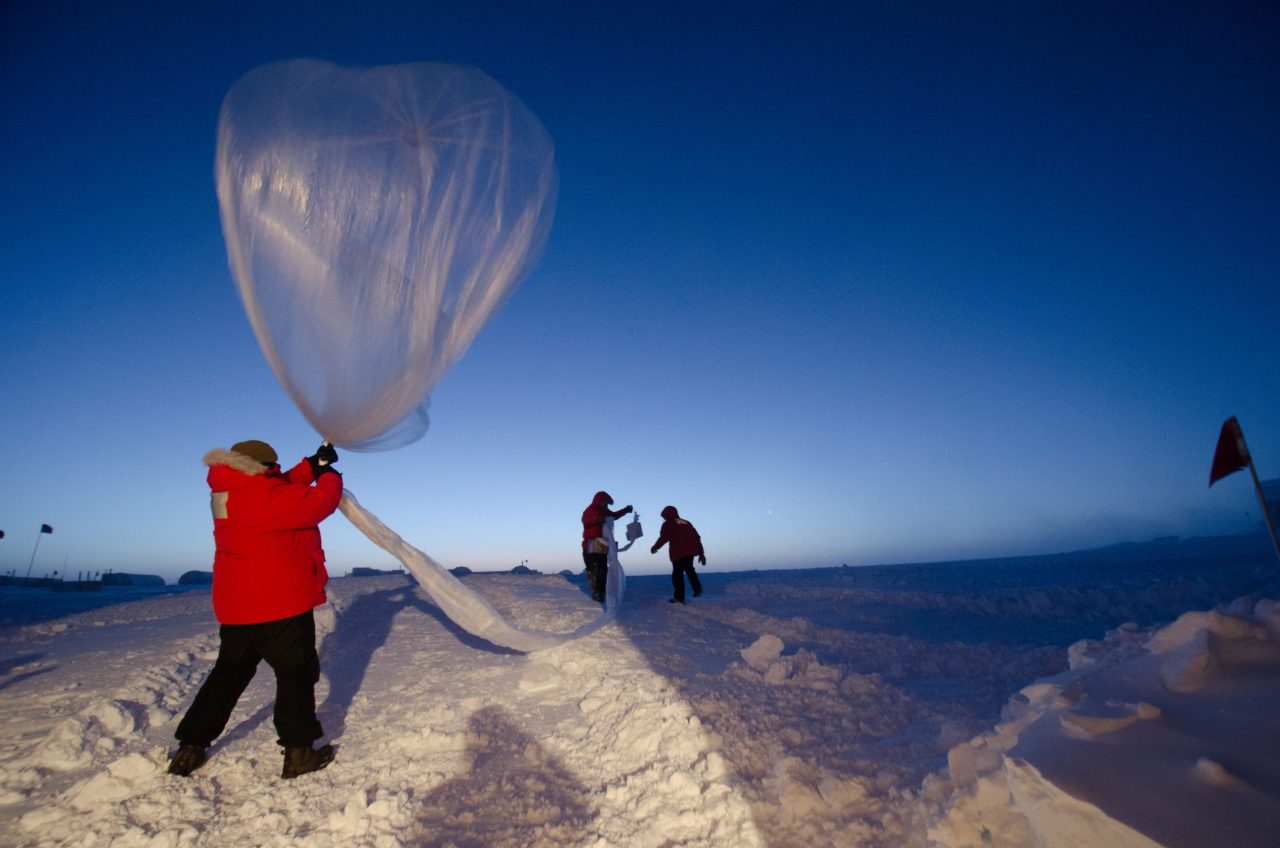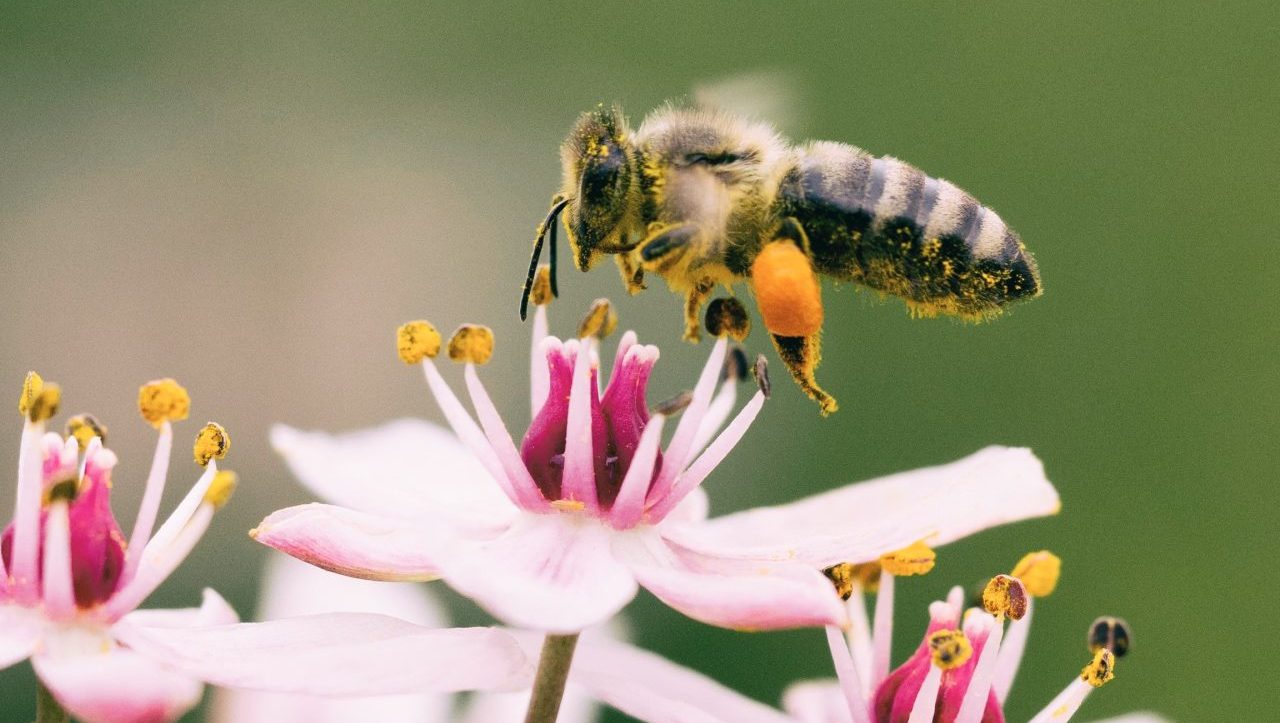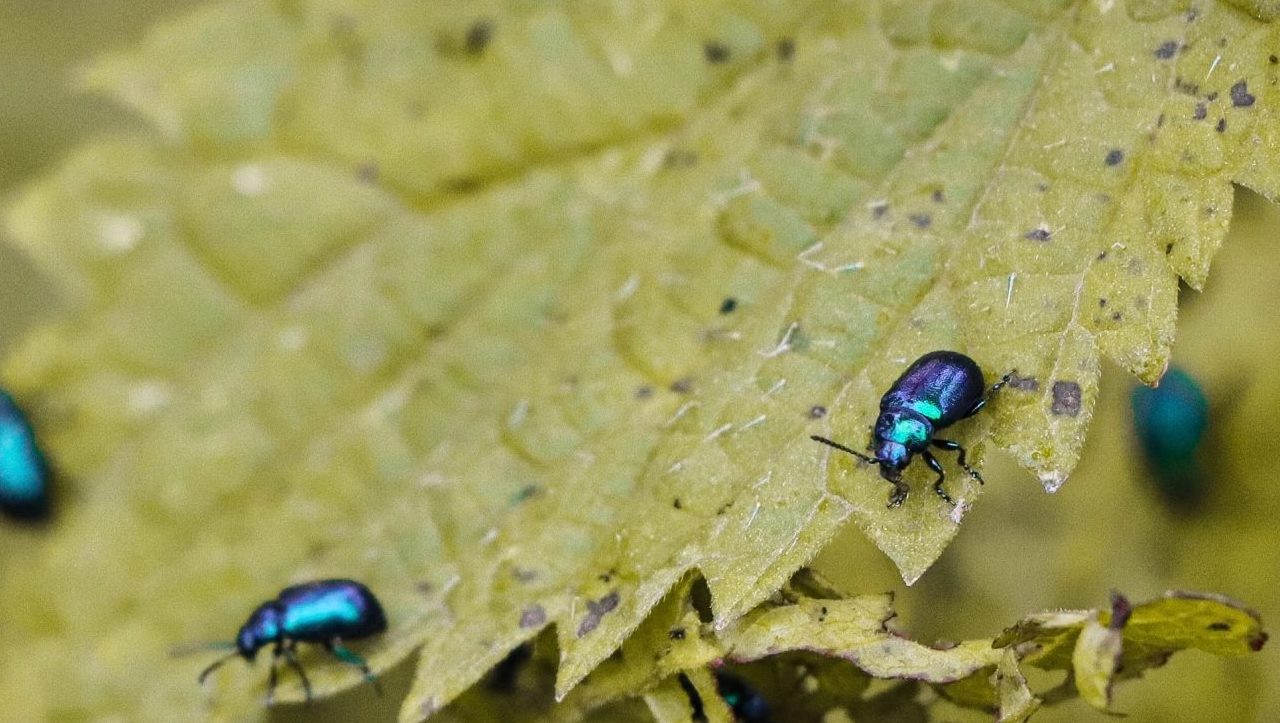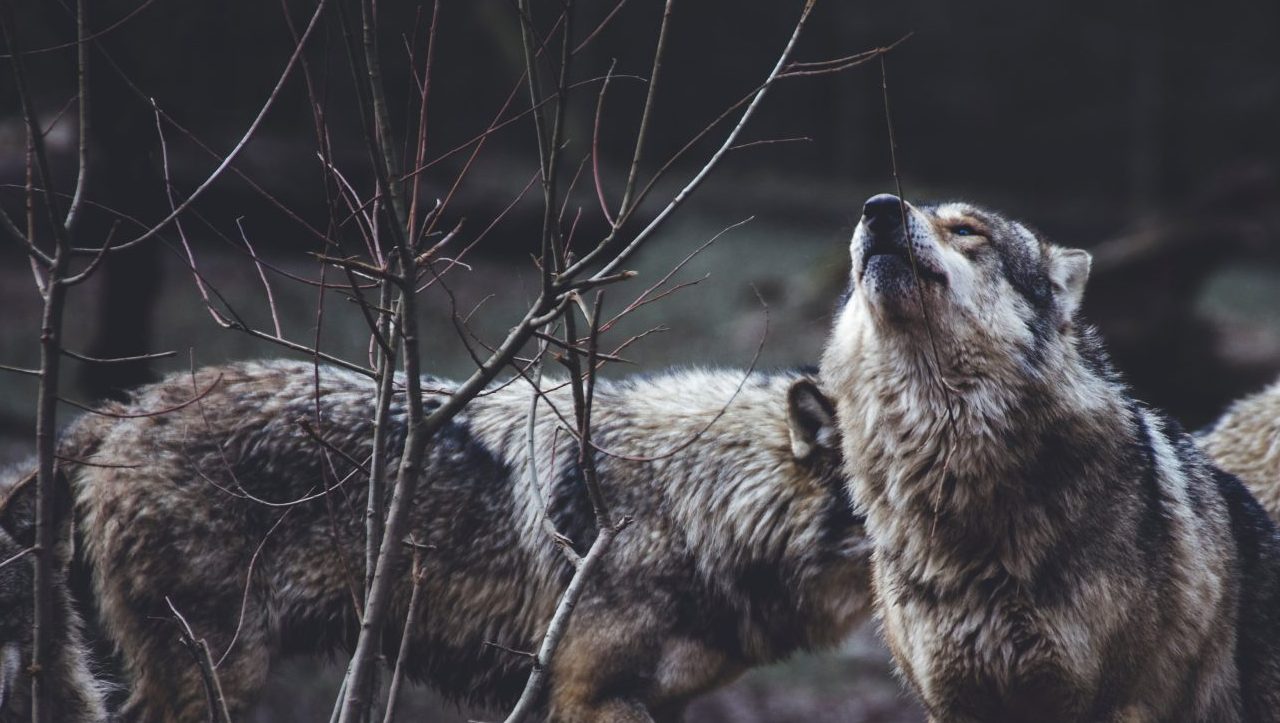The European pond turtle (Emys orbicularis) is a freshwater turtle species found across much of Europe and parts of Asia. Despite its wide distribution, the species has experienced significant population […]
Shall we fear the return of the wild in Europe?
There are several reasons why some people might fear the re-emergence of wild animals such as wolves, bears, and bison (wisent) in Europe: However, it’s important to note that these […]
Keystone species – The elk
Elks, also known as wapiti, are large herbivorous mammals that are native to North America and parts of Asia. As members of the deer family, elks play a significant role […]
How hedges increase biodiversity and add value to your landscape
Hedges are a valuable addition to any landscape, not only for their aesthetic appeal but also for their role in supporting biodiversity. Hedges provide habitat for a wide range of […]
The Beauty of an Pionier – Little Birch tree story
Birch trees are a common sight in temperate regions and are known for their distinctive white bark, graceful form, and delicate foliage. These trees are often referred to as pioneer […]
Citizen Science, and how it helps to fight the loss of biodiversity
Citizen science is a collaborative approach to scientific research, in which members of the public participate in collecting, analyzing, and interpreting data. In Germany, citizen science is playing an increasingly […]
Rewilding organizations in Europe
Here are some rewilding organizations in Europe: These are just a few examples of rewilding organizations in Europe. There are many other organizations and initiatives working towards similar goals across […]
What to plant to safe the bees
There are many shrubs that can support bees and insects in Middle Europe. Here are a few examples: These are just a few examples of the many shrubs that can […]
The decline of insects
There is growing concern about the decline of insect populations in Europe, and worldwide. The decline in insect populations has been linked to factors such as habitat loss, climate change, […]
Keystone Species
A keystone species is a species that has a disproportionately large impact on its ecosystem relative to its abundance. Keystone species are often seen as critical to the functioning and […]
